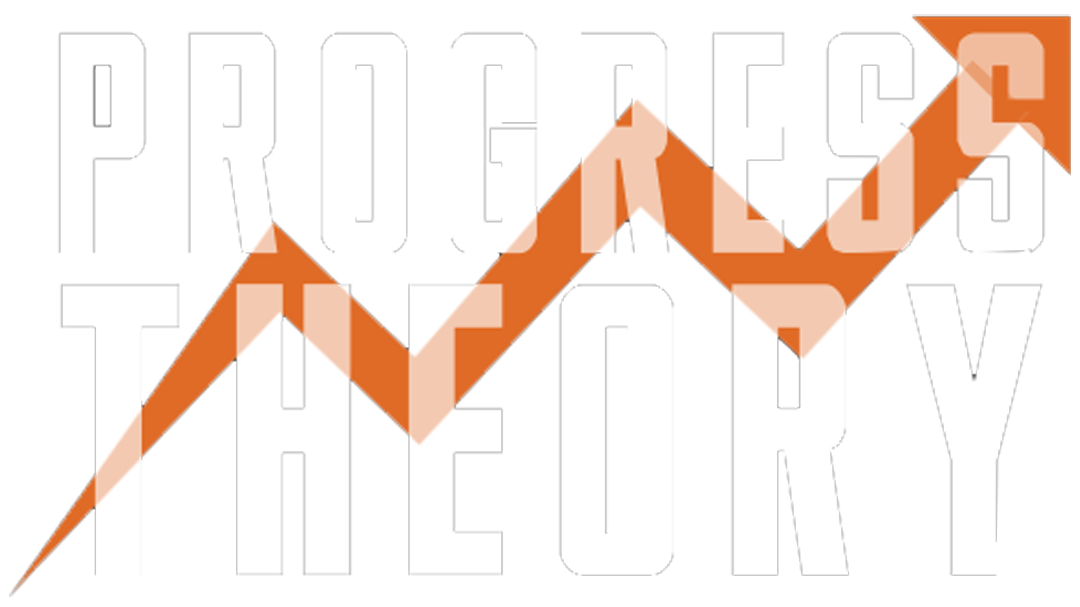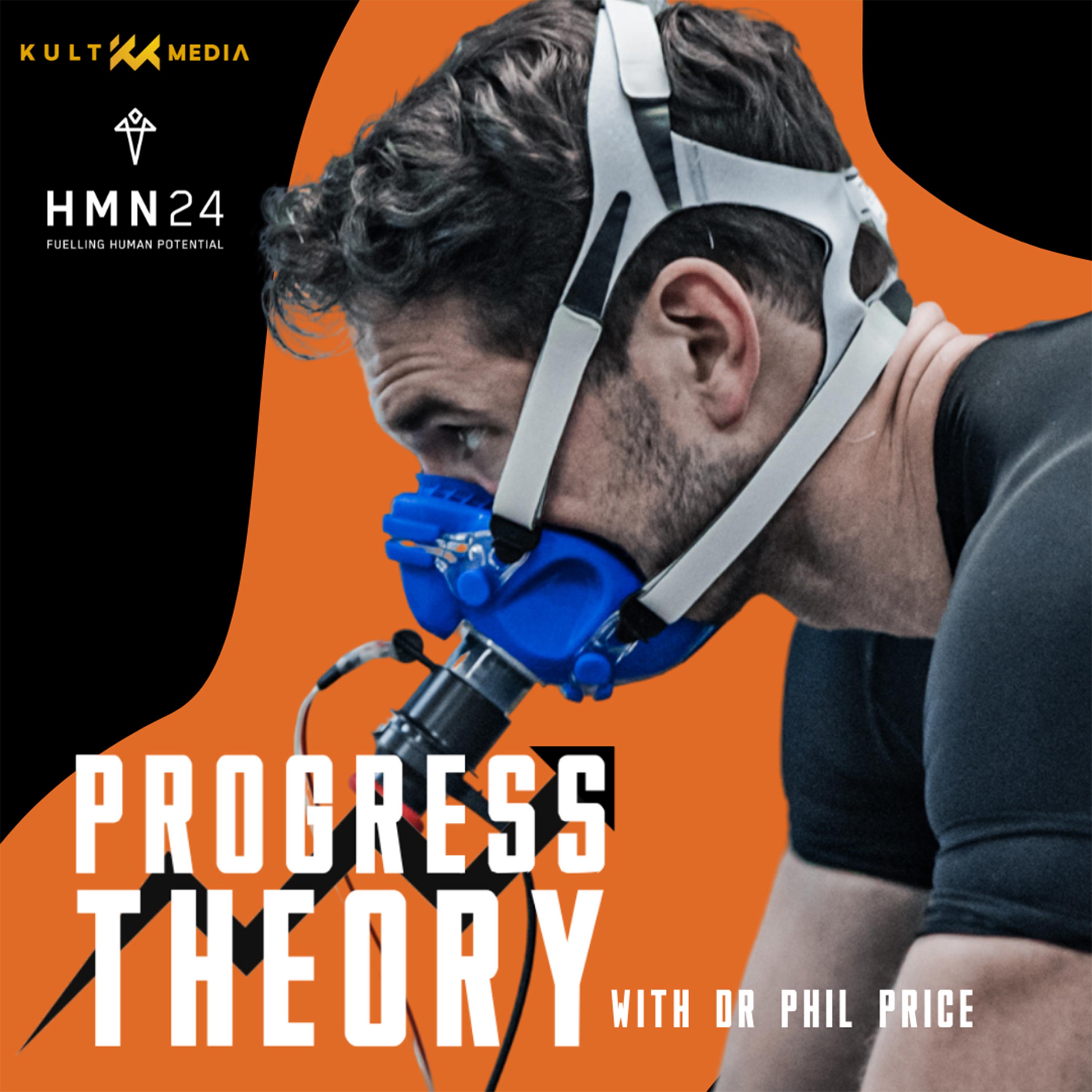Training for Sprint Performance - David Sadkin
Hello and welcome to The Progress Theory where we discuss how to implement scientific principles to optimise human performance. On this episode, we have S&C and sprint coach, David Sadkin.
There’s a reason why the 100m sprint final at the Olympics is one of the highlights of every Olympic games. Seeing the fastest athletes in the world reach speeds only a handful of people can reach is awesome. However, Sprinting is more than just running as fast as possible. It takes the right blend of physical qualities, technique and competitive drive to reach our sprint potential. So how do you train to achieve this? In this episode, David and I discuss variations in sprint technique, David’s training philosophy for coaching sprinters, and common mistakes athletes make when training to get faster.
In this episode, we discuss:
- 1:22 - An introduction to David Sadkin and how he uses social media
- 5:21 - How David got into Sprint coaching
- 11:47 - Sprint mechanics and what to look for
- 14:43 - Examples of coaching based on a technical issue
- 17:13 - Misconceptions with ‘high knees’
- 18:53 - The use of wickets versus coaching cues
- 22:14 - Testing Stride Frequency and stride length
- 26:51 - David’s S&C philosophy
- 30:04 - common mistakes in S&C for sprinters
- 35:48 - Are we focusing too much on lifting heavy?
- 37:30 - David’s future plans/goals
- 38:10 - Recommendations for aspiring sprint coaches
Final Thoughts
Thank you to David for coming onto The Progress Theory and talking about his experience within the S&C community and his work with his sprint athletes. He has a great story of an injured athlete who fell in love with a new sport and wanted to know everything about it, and it has led him to become an incredibly successful sprint coach.
I just wanted to provide some final thoughts on key areas which really stood out to me.
Firstly, I really enjoyed hearing how open his approach to both coaching sprinting and S&C was. He isn’t constricted to a certain way of doing things. He knows every sprinter requires different training to ensure they progress, so he tries to understand them as an athlete before making a decision on what training they require. He doesn’t try to fit them into his way of doing things, he fits his own ideas based on the athlete themselves.
And secondly, he clearly works well within a system for his athletes. His training and coaching decisions come from discussions with the osteopath and physio he works with, his understanding of the science around the determinants of sprint performance, and his own ideas. Again, it is this openness and adaptability to his coaching that allows him to utilise all of the information available and ultimately make the right training programme.
Anyways I hope you enjoyed this episode and it sparked your interest in sprinting. I truly believe learning about sprinting transfers so well into other areas of human performance so this really created some ideas for me to reflect on. If you enjoyed the show It would be awesome if you could leave us a review and share this episode on your insta story. Feed that algorithm to help the show grow. We’ll see you in the next one.
FOLLOW OUR PODCAST
Follow our Host / Guest
Explore these Resources or Items Mentioned in the Show
In this episode, we mentioned the following resources:
Testing software
Resources
David’s guest choices

